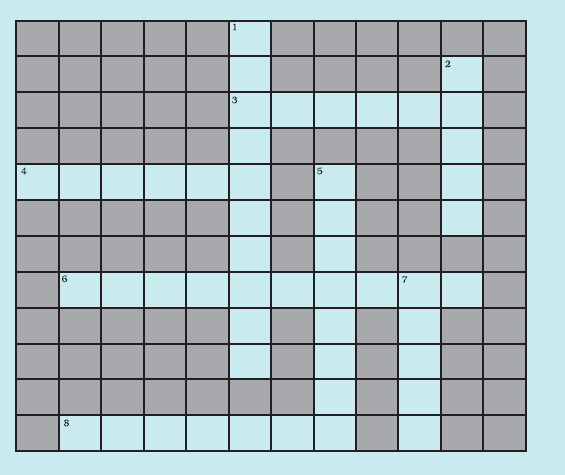CLASS-7 SCIENCE SOLUTION
.
CHAPTER-18
.
WASTEWATER STORY
Exercise Questions
1. Fill in the blanks:
(a) Cleaning of water is a process of removing ____________.
(b) Wastewater released by houses is called ____________.
(c) Dried ____________ is used as manure.
(d) Drains get blocked by ____________ and ____________.
Solution:
(a) Cleaning of water is a process of removing pollutants.
(b) Wastewater released by houses is called sewage.
(c) Dried sludge is used as manure.
(d) Drains get blocked by cooking oil and fats.
2. What is sewage? Explain why it is harmful to discharge untreated sewage into rivers or seas.
Wastewater released by houses is called sewage. Untreated sewage should not be discharged into the sea because sewage consists of pollutants and harmful microorganisms which will contaminate water causing disease in people using contaminated water.
3. Why should oils and fats be not released in the drain? Explain.
Solution:
Oils and fats should not be released in the drain because drains get blocked by cooking oil and fats.
4. Describe the steps involved in getting clarified water from wastewater.
Solution:
Use an aerator from an aquarium to bubble air through the sample in the glass jar. Allow several hours for aeration; leave the aerator attached overnight. If you do not have an aerator, use a mechanical stirrer or a mixer. This reduces the foul smell of wastewater.
Then, the water is filtered through the layers of sand, fine gravel and medium gravel. Filtration makes the wastewater clean from various types of pollutants. The water is filtered continuously until it becomes clear.
Water is disinfected by using a chlorine tablet.
5. What is sludge? Explain how it is treated.
Solution:
Solids like faeces settle at the bottom while treating sewage, and this material is called sludge. Sludge can be treated as follows:
Sludge is removed using a skimmer and then transferred to a tank where it is decomposed by anaerobic bacteria to produce biogas.
6. Untreated human excreta is a health hazard. Explain
Solution:
Untreated human excreta is a health hazard because it consists of various disease-causing microorganisms and pollutants that will contaminate the soil and water resource from where people draw water for drinking and domestic purposes. When people use water contaminated with human excreta, they get diseases like Cholera, Typhoid, Dysentry and Hepatitis.
7. Name two chemicals used to disinfect water
Solution:
Chlorine and Ozone are used to disinfect water.
8. Explain the function of bar screens in a wastewater treatment plant.
Solution:
Bar screen removes large objects like rags, sticks, cans, plastic packets and napkins.
9. Explain the relationship between sanitation and disease.
Solution:
Sanitation and disease are interrelated as lack of sanitation leads to illness and good sanitation practices prevent the diseases.
10. Outline your role as an active citizen in relation to sanitation.
Solution:
Every citizen has a role to play in maintaining proper sanitisation. Following are the things we should follow to play an active role.
Ensure that our surroundings are kept clean.
The sewage system in the house should be properly managed
Report to the concerned authoritive immediately in case of leakages in sewage pipes.
11. Here is a crossword puzzle: Good luck!

Across
3. Liquid waste products
4. Solid waste extracted in sewage treatment
6. A word related to hygiene
8. Waste matter discharged from human body
Down
1. Used water
2. A pipe carrying sewage
5. Micro-organisms which causes cholera
7. A chemical to disinfect water
Solution:
Across
3. Sewage
4. Sludge
6. Sanitation
8. Excreta
Down
1. Wastewater
2. Sewer
5. Bacteria
7. Ozone

12. Study the following statements about ozone:
(a) It is essential for breathing of living organisms.
(b) It is used to disinfect water.
(c) It absorbs ultraviolet rays.
(d) Its proportion in air is about 3%. Which of these statements are correct?
(i) (a), (b) and (c)
(ii) (b) and (c)
(iii) (a) and (d)
(iv) All four
Solution:
The answer is (ii) (b) and (c)





































